Vojvodina took seventh place in the category Strategy for Attracting Foreign Investments in “fDi Intelligence” magazine, regarding the conditions for doing business in competition of 148 European regions, which is a great recognition for the Provincial Government and provincial funds and agencies
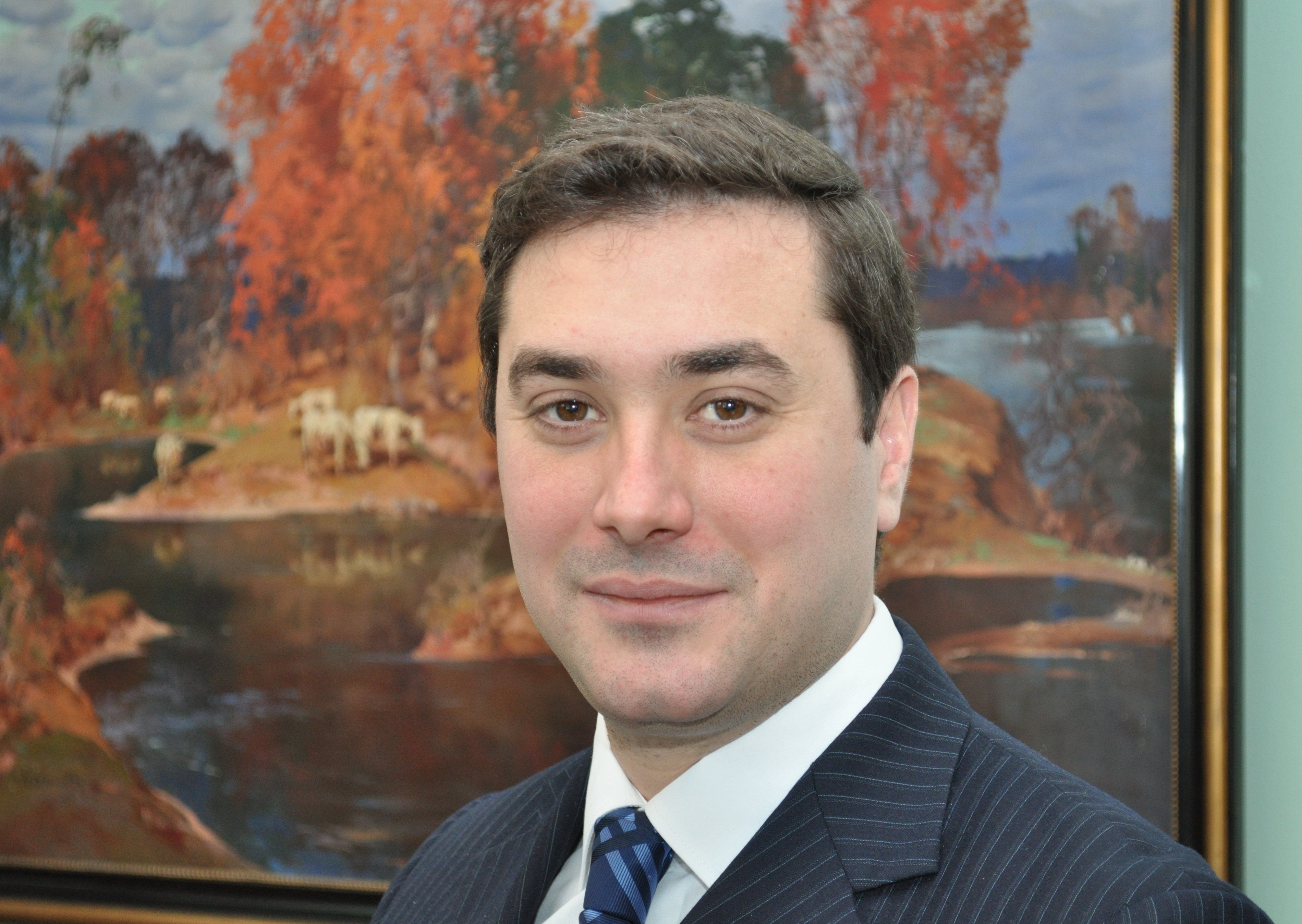
Currently, there are around 340 foreign companies doing business in Vojvodina, with total investments of around €8.5 billion, employing around 70,000 people. If we consider the height of investments as a criterion, the most significant investors are companies from Germany with more than one billion euro of investments in average, then companies from France and Italy with 800 million each, Belgium and Slovenia with 600 million each, Greece with 470 million, Russia 430 million, USA 370 million, and Hungary and Croatia with around 280 million euro. Investments of Austrian companies, for example, are somewhat lower, around 200 million euro, but if we consider the number of employees in these companies as a criterion, Austria takes 7th place in that case. Also, in terms of structure, different types of investments are present – from purely Greenfield to combined Greenfield, i.e. Reinvestments, brownfield, privatization investments, to investment model of strategic partnership.
What are Vojvodina’s main trump cards for attracting investments, which imply higher added value and export strengthening?
— Vojvodina is at the very border with EU, preferentially tied to the market of the Russian Federation, so foreign companies find distribution of products to the region profitable, with quick access to global market. It is well connected by traffic roads, road, railway and water transfers, it offers several decades of industrial tradition with infrastructural heritage, primarily structures, and high percentage of qualified and highly qualified workforce. Also, major steps were made on the level of the province and of the entire Serbia to create the best possible conditions for doing business and inflow of investments.
All the official indicators clearly speak of participation of Vojvodina’s economy in foreign trade exchange of the Republic of Serbia, which amounted to around €34 billion in 2016, for example, which is 8 percent more than the year before, and such trends have continued in the future years. Even though it is not completely visible because of the method for conducting customs statistics per exporter’s, i.e. importer’s seat, Vojvodina is the biggest exporter compared to other regions in the country. Also, the level of coverage of import by export is significantly higher compared to other regions and the Republic’s average.
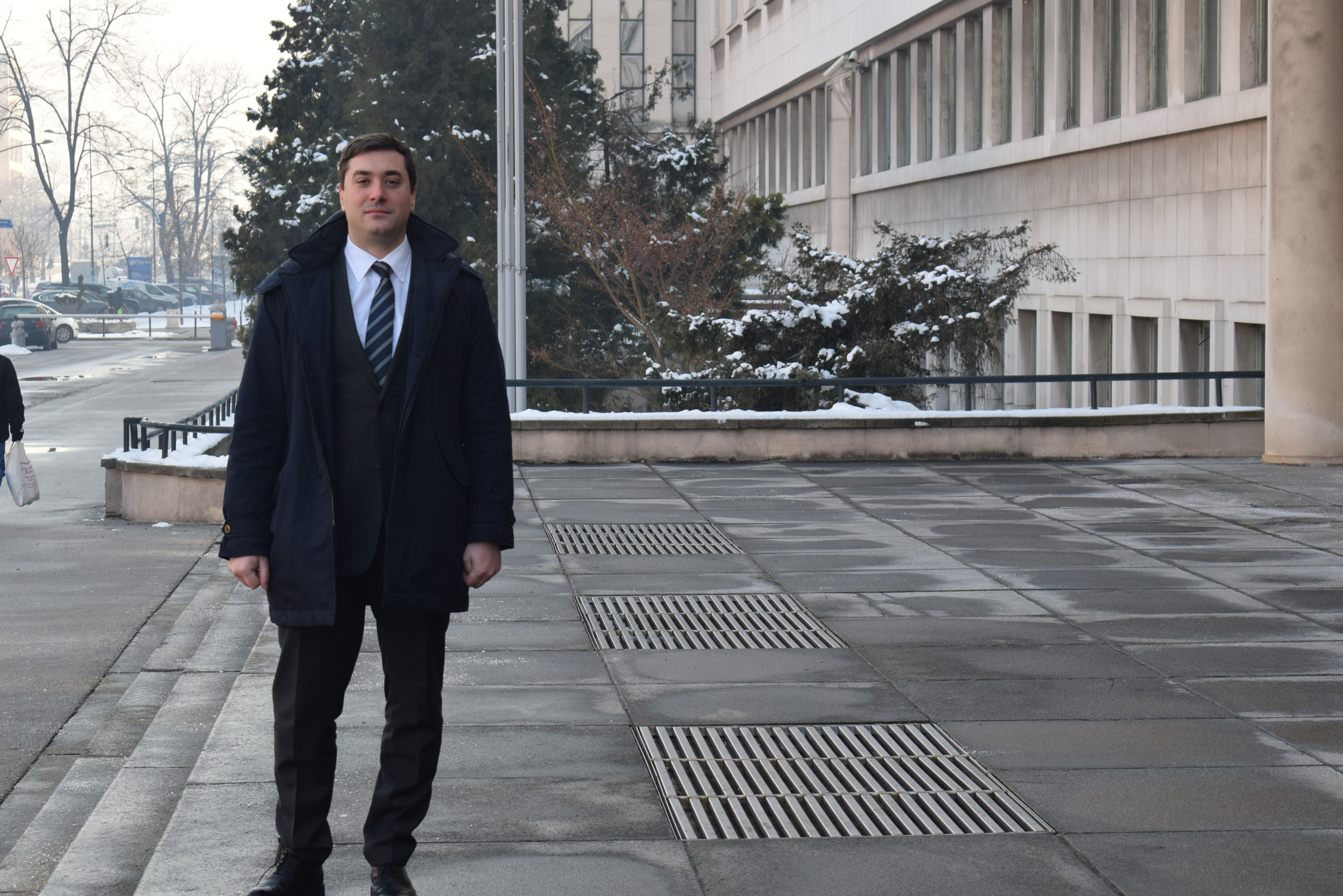
How do you rate Vojvodina’s potentials to take part in Chinese One belt, One Road Initiative?
— Vojvodina is a sister province with three Chinese provinces, and there are already a number of positive aspects in terms of economic, trade and cultural cooperation, but also cooperation within the sphere of infrastructural and energy projects. I am a politician of a socialist mental code, in public actions I am left-wing oriented, therefore I think that on a political, geostrategic and ideological level, the One Belt, One Path project is extremely important, as well as the promotion of the principle of third pillar of cultural and civilizational heritage. I am satisfied with the fact that Serbia has been recognized as one of the key strategic countries within the project. Let me remind you that a Secretariat of the Higher Education Institutions Consortium was established at the Novi Sad University, within the 16+1 Mechanism with the goal to strengthen the capacities of higher education institutions for development of innovations, research work and transfer of knowledge and technologies to industry, where it would be very useful also to form a Centre for Innovation Development and Technological Development within the China – CIEZ mechanism. As VP of Provincial Government and Secretary for Economy and Tourism, I recognize a chance in this project for model of development of IT sector, innovations, entrepreneurship inciting and technological development in Vojvodina to get a new momentum, since China is one of the countries that came the furthest in the process of digitalization of their industry.
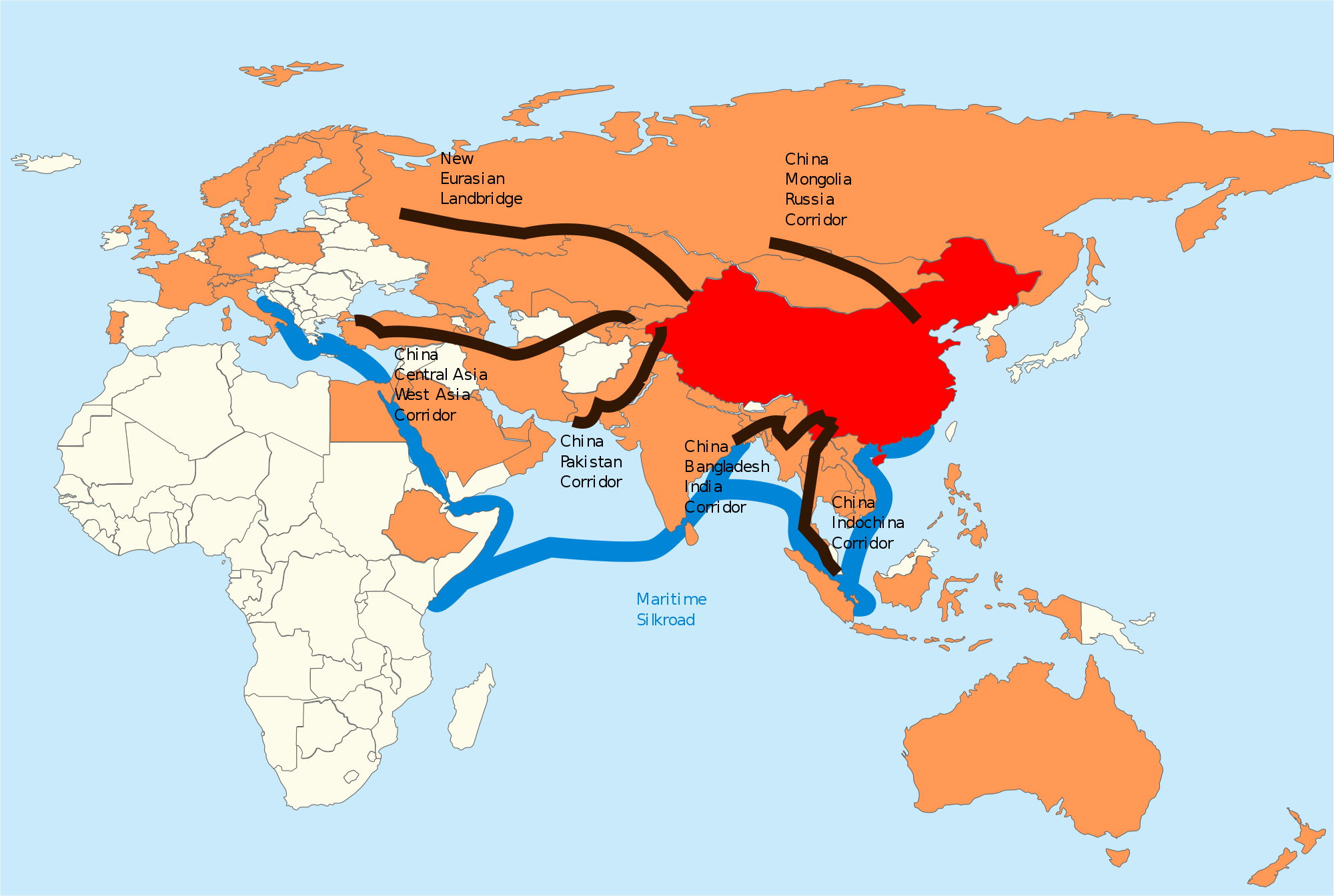
How does the Provincial Government target new investors, and which strategic goals it wants to meet when it comes to the structure of foreign investments?
— Allow me to make a joke through inversion, investors are targeting us. A transparent, predictable and stable environment is the most important for attracting investors, and improvement of business climate and promotion of Vojvodina as a good place to invest is the job of provincial administration, which makes it job as well. Image is created this way. The information from a survey conducted by audit and consultant company Ernst & Young that the number of foreign investment projects in Serbia has increased by 157 percent in Serbia, which is the biggest growth compared to other countries included in this survey, shows that the investment environment has been significantly improved. This allowed Serbia to find itself for the first time among the top fifteen European countries regarding the number of foreign investments. With €2.6 billion FDIs and without major privatizations in 2017, Serbia is first ranked in the region when it comes to foreign investments, therefore their share in GDP has been increased to 6.6%. In that aspect, Vojvodina is ahead of all other regions and above Serbia’s average.

How much has Vojvodina’s positioning on the global investors map affected the inflow of guests from abroad?
— In the past six years, of all the regions, precisely the region of Vojvodina posted the biggest growth rate, both in visits (total growth of around 55%) and in overnight stays (total growth of around 49%). Businessmen from all the meridians, experts, bankers, officials from countries whose companies invest in Vojvodina, enjoy Vojvodinian tourism. In terms of congressional tourism, receptive areas are major cities, as well as medium-size cities, which is encouraging, because topics of congressional tourism are mainly industry, IT technologies, medicine and pharmacy, finance, gastronomy, tobacco industry, tourism and traffic, and precisely the users of these tourist services, as a rule, come from targets groups with higher education and above-average payment capacity. According to statistics from July 2018, the number of tourist arrivals is higher by 11.7% compared to previous year, while the number of overnight stays is higher by 10.5%. Only the share of tourism in total GDP of the Republic of Serbia is 13 percent higher, considering that this branch of economy is posting a constant growth and development.

In which ways does Provincial Government incite long-term development of tourism, and which segments does it target (spa tourism, youth tourism, archaeological, etc.)?
— On a strategic level, along with funds from international funds, republic and provincial budget, we already marked Vojvodina’s tourism as one of the leading branches of economy. In 2017, my Secretariat alone supported the development of tourism through support for business entities, primarily micro and small companies and entrepreneurs, local governments and civic associations. Subsidies for public sector were used for development of planning and design documentation, tourist infrastructure. Our goal in the future is the expansion of four priorities: Fruška Gora National Park, cycle and nautical tourism, corridor along the rivers of Danube and Tisza, and rural tourism. We need to point out that in less than two decades, viticulture and enology in Serbia and AP Vojvodina took a significant place on the global wine map, which is confirmed by gold and silver Decanter medals from the expos in London, Vienna and other prestigious international competitions. Balneological potential of the territory of AP Vojvodina is remarkable, which was shown by the study of the Faculty of Mining and Geology of the University in Belgrade prepared in cooperation with the Provincial Secretariat for Economy and Tourism. We recognized fifty resources, i.e. potentials, which are suitable for further investments and for exit to the market, considering that wellness and spa industry generate significant profit, while such contents attract domestic and foreign tourists increasingly more.
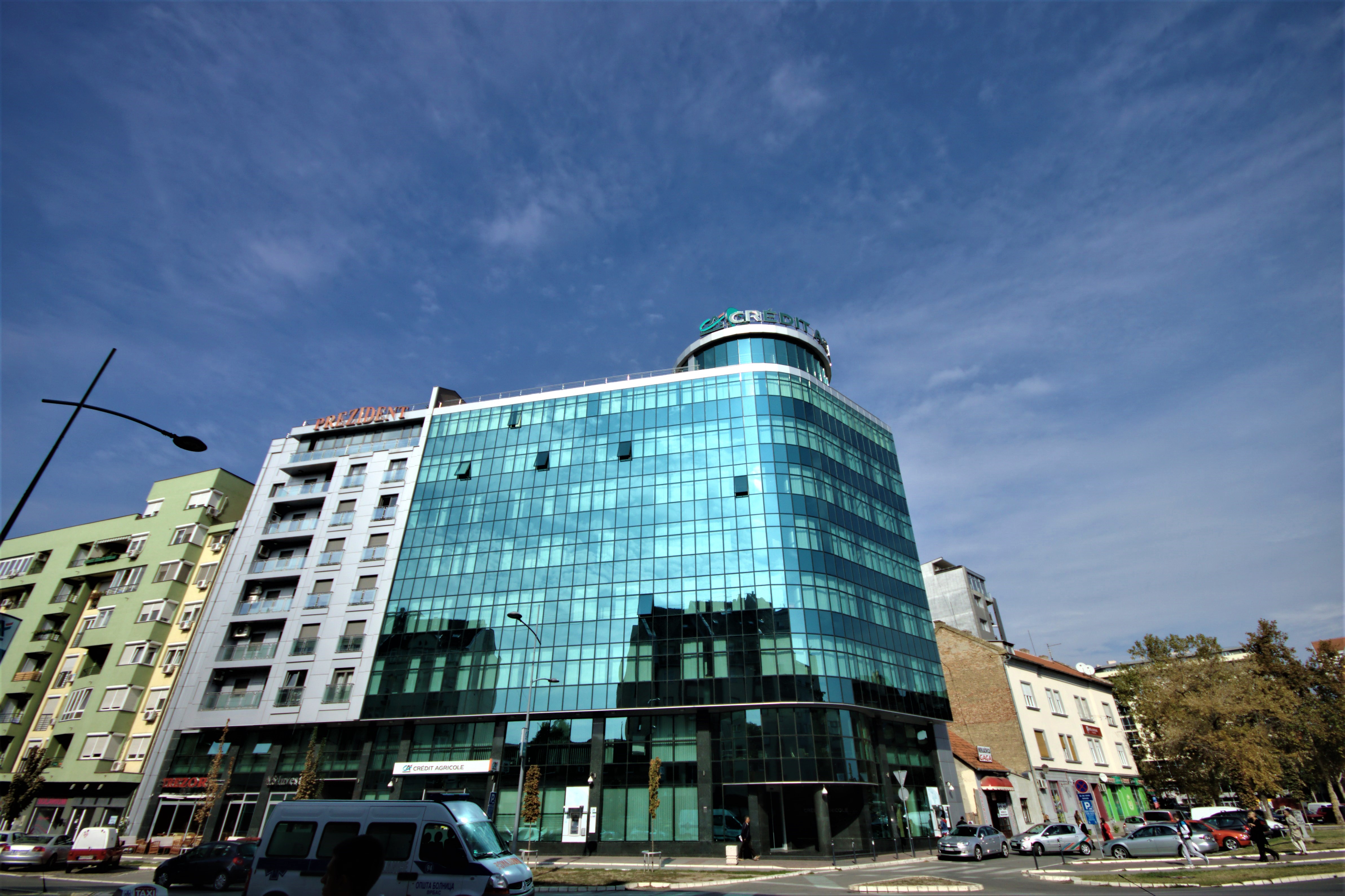
What will the election of Novi Sad as the European Capital of Culture in 2020 mean for the promotion of Vojvodina?
— Novi Sad is a city of Central European cultural tradition – architectural, sacral, musical, literary, a toponym for renaissance-like and baroque-like “mentality”, just like the entire Vojvodina. At the same time, this is a modern city, but also a toponym of post-modernism embodied in the Exit Festival. As a century-long gravitation area of Vojvodina, it attracted “migrants” from the entire Serbia and from former Yugoslav republics, therefore the city’s coordination system is so rich and diverse that is labelled the most open city. E pluribus unum (in Latin Unity in Diversity) is the unofficial motto of Novi Sad and of the entire Vojvodina. This project of national importance will provide a new momentum for urban cultural vitality and will improve the international image and tourist offer of Vojvodina. I see this project as a chance for Novi Sad, AP Vojvodina and the Republic of Serbia to restore cultural and civilizational roads, and to build new bridges in culture on a regional level, with our neighbours and countries of the European Union.
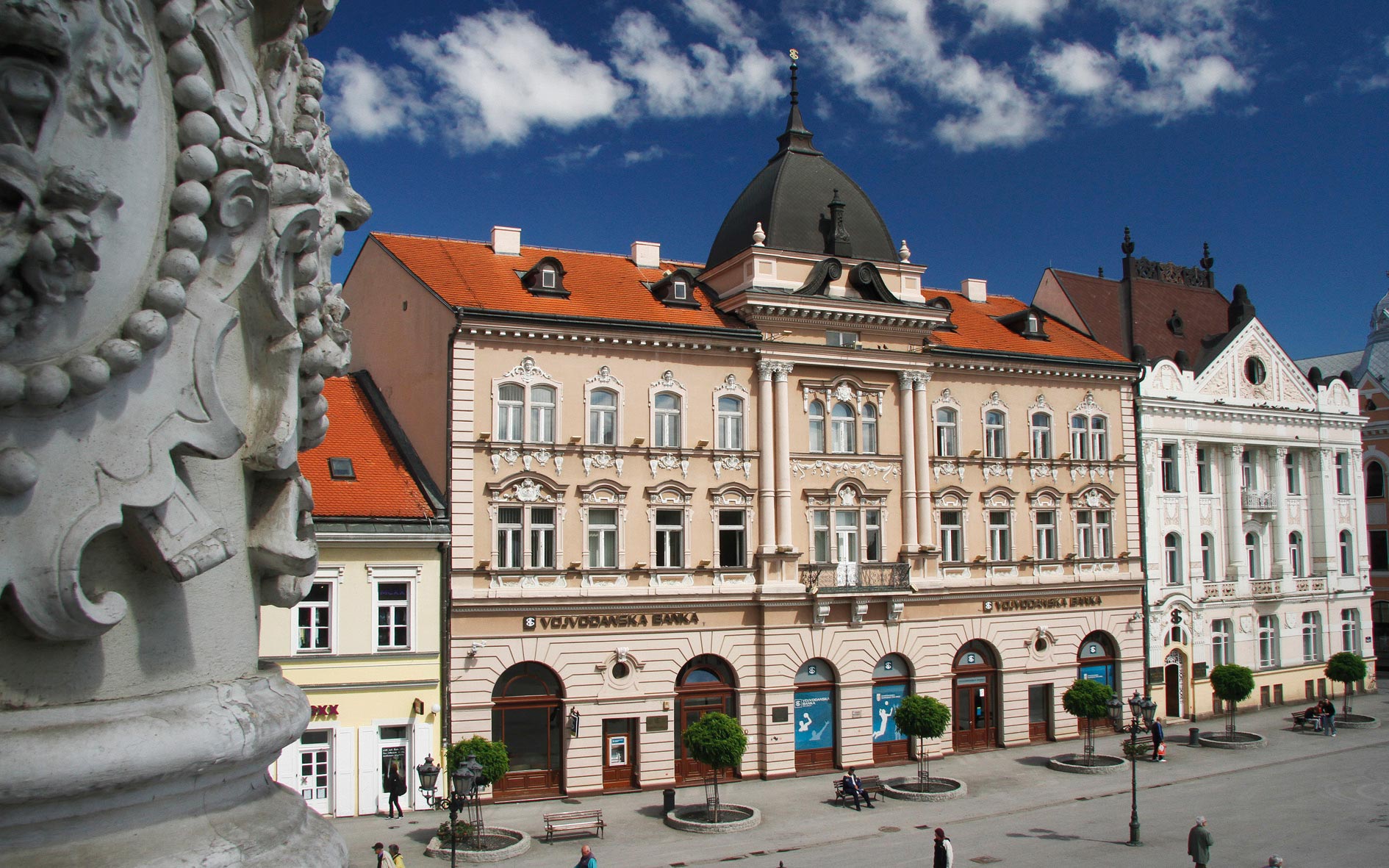
To what extent could tourism potentially be an engine for creating new work places?
— The latest data show that the tourist sector in Serbia is participating in total employment with around 6 percent, and around 70,000 workers are employed in the field of accommodation and food services in our country.
INVESTMENTS
SERBIA IS FIRST RANKED IN THE REGION WHEN IT COMES TO FOREIGN INVESTMENTS, THEREFORE THEIR SHARE IN GDP HAS BEEN INCREASED TO 6.6%. IN THAT ASPECT, VOJVODINA IS AHEAD OF ALL OTHER REGIONS AND ABOVE SERBIA’S AVERAGE